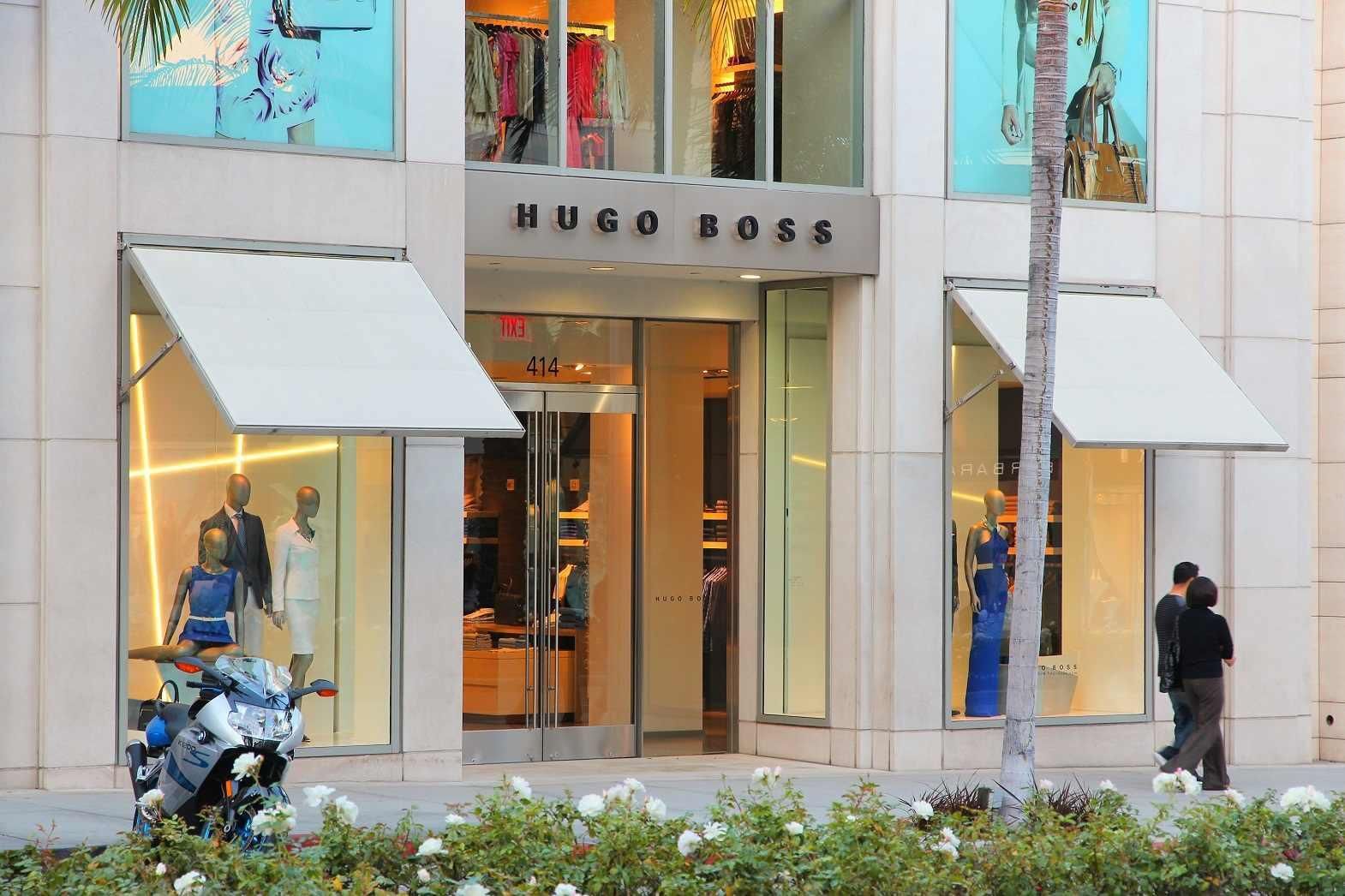The transparency platforms like Twitter and Instagram have given into the lives of celebrities has been an ideal marketing tool, enticing brands and retailers to pair up; Rihanna's Instagram feed is an endless tribute to her best-selling collection for River Island, and we've all got David Beckham's H&M underwear imagery imprinted on our eyelids. Despite the high cost, celebrity promoting product is practiced industry-wide, but what's really interesting is the brands and retailers who use celebrity imagery to promote their brand, without an advertising deal, and sometimes without the celebrity even wearing their products.
We've spotted a growing trend in fashion visual merchandising, where retailers are using celebrity paparazzi imagery in much the same way as magazines: selecting an edit of garments that fit in with the 'look' of a celebrity, even though the celeb isn't endorsing their products. In email newsletters, this creates the feel of content rather than an advert, which many retailers have found to be key in driving return traffic to their site. Once consumers rely upon a site for more than the shopping experience, the retailer has tapped into the rewarding realms of omni-channel.
We've also noticed that it isn't the mass market, normally so closely tied to popular culture, which practices this tactic most often. Instead, it's luxury retailers using celebrity imagery to promote their own selections. Net-a-Porter in the last three months alone has used imagery of Alexa Chung, Miranda Kerr, Olivia Palermo, Karlie Kloss, Kate Moss, Rose Byrne—the list extends to 16 'celebrities'. Their choices are varied, ranging from Victoria's Secret models to Vogue editors and fashion industry mavens. Miranda Kerr - who beats Alexa Chung, Rihanna, Kim Kardashian, and even Harry Styles in the number of online mentions in the last month - featured in Net-a-Porter's newsletter on the 3rd November, wearing a printed dress similar to the one the retailer suggested from Michael Kors. The $815 dress had been in stock since the 19th September, but following the email, one size sold out on the 4th November and another the day after.
Looking through our database of visual merchandising, it's easy to see who does and doesn't use celebrity imagery. In the luxury market, alongside Net-a-Porter and My Wardrobe, is Mr Porter (Justin Timberlake, David Beckham, Tom Hiddleston, Dennis the Menace..) and Matches, who use street style imagery. We spoke to Nadine Von Cohen, co-founded of The Photo Diner, a Sydney-based online image database for fashion brands and agencies that is revolutionizing the way brands and media connect. The Photo Diner's experience echoes what the data shows "We're seeing a rise in both uploads and downloads of branded street style, Instagram and celebrity photos. In fact we recently added a 'Behind the Scenes' category to accommodate the demand for these types of photos." Meanwhile, Selfridges, Nordstrom, Barney's, Macy's and Farfetch don't use celebrity or street imagery at all.
With the speed in which mass retail can get a trend to market, it is surprising to see so few retailers using celebrity imagery. Instead, the majority uses their own photoshoot images and flat lay product imagery. This is reflected in the download rates at The Photo Diner, according to Von Cohen; "Single product or "flat lay" photos are gold. Brands that provide high res, high quality flat lay shots definitely get the most traction on the site but campaign and look-book photos are not too far behind, especially for online media and bloggers."
We found that only retailers, who collaborate on collections with celebrities, use celebrity 'papped' imagery in their visual merchandising. New Look, who collaborate with Kelly Brook have used imagery of Pixie Geldof, Kimberly Walsh, Kate Moss, Vanessa Hudgens, Rita Ora, Alexa Chung, Jennifer Lopez and Katy Perry and River Island, who collaborate with Rihanna have used imagery of Miranda Kerr, Diane Kruger, Rebecca Ferguson and Lucy Mecklenburgh. Our Venn diagram (above) displays whether mass or luxury markets use a celebrity's image, with the middle selection, Kate Moss, Alexa Chung and Miranda Kerr, bridging markets and displaying their widespread influence.
So what's driving this trend, particularly in the luxury market which has traditionally been snooty towards celebrity? The prevalence of street style blogs and their moving from the realms of bedroom fashion fanatics, to relevant media channels, has had a huge influence on the imagery consumers engage with. Luxury has also had to double back on some of its earlier pretensions - for example, accepting Victoria Beckham into the realm of talented designer has succinctly bridged the tension between pop celebrity and fashion designer. High-end stockists have also benefited from the more positive relationship between celebrity and consumer. When luxury retailers use celebrity images to promote particular items of clothing, it creates a link between the brand of the item and the individual. While there's a concern of diluting the brand's identity by linking item and wearer (in case the celebrity is not in line with the brand's image), our data suggests that the implications of celebrity exposure should be highly lucrative, given the high rate of sales.
This article was originally published in Editd.com on 21st November 2013.








Comments